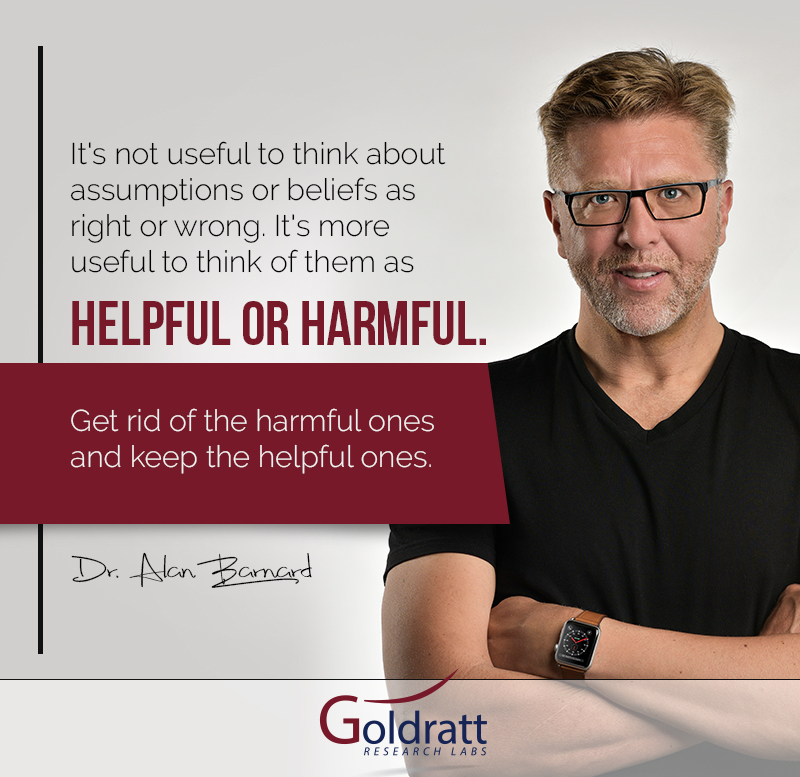How do you know whether what you believe is right or wrong?
“Whether you believe you can do a thing, or not, you are right”
But surely believing you can do something has limits?
So how DO we know if our beliefs are right?
Turns out, this is a really hard problem to solve. For two reasons:
#1: We cannot prove a belief right, but we can prove it wrong.
I discovered the first reason when reading Carl Popper’s “Logic of Scientific Discovery” (1959) in high school. He used a “black swan” to show how scientific ideas can never be proven true or right. Regardless of how many observations appear to support it, a single contrary result can prove a theory to be false. Europeans, until 1697, thought that all swans were white. It took the single observation of a Dutch Explorer in Western Australia to crush this belief.
#2: We don’t gather evidence and then decide what to believe in. We mostly decide what we believe, and then gather evidence to support it.
The answer
I found the answer during my research for my PhD in 2006, when I relooked at Henry Ford’s quote.
Rather than thinking about assumptions and beliefs as right or wrong, I realized, it’s more useful to think of them as either helpful or harmful.
Believing you can do something, can be very helpful if it gets you to overcome an exaggerated fear that either you couldn’t do it (when in fact you could) or that others will make fun of you when at first failed (when in fact many will admire your courage for at least trying).
At the same time, believing you can do something can be very harmful if it means you will try to do something that if you failed, could significantly negatively impact your own or other’s health, wealth or happiness.
But how to apply the new insight?
Since I’ve had this insight, I’ve made it a habit that whenever I am facing an important decision or problem, and are not sure what to do, I list the key assumption(s) or belief(s) that will help me decide or help me solve the problem.
Are these assumption(s) or belief(s) helpful or harmful?
- HELPFUL assumptions or beliefs have a BIG UPSIDE if they are true, and a SMALL DOWNSIDE if they are not.
- HARMFUL assumptions or beliefs have a SMALL UPSIDE if they are true, and a BIG DOWNSIDE if they are not.
We should keep the HELPFUL ones.
…the ones that protect us from harm and enable us to make the impossible possible.
We should get rid of the HARMFUL ones…
… the ones that expose us to unnecessary risks and dangers and limits us from achieving the goals that are important to us.
I would love to hear from you what you think your most HELPFUL (or enabling) vs. most HARMFUL (or limiting) beliefs are.
Over the years I have developed the Harmony Decisions Maker to help me uncover limiting assumptions and believes and prevent one of 5 common mistakes we make when trying to resolve problems.
Download it from your app store today and use for FREE








